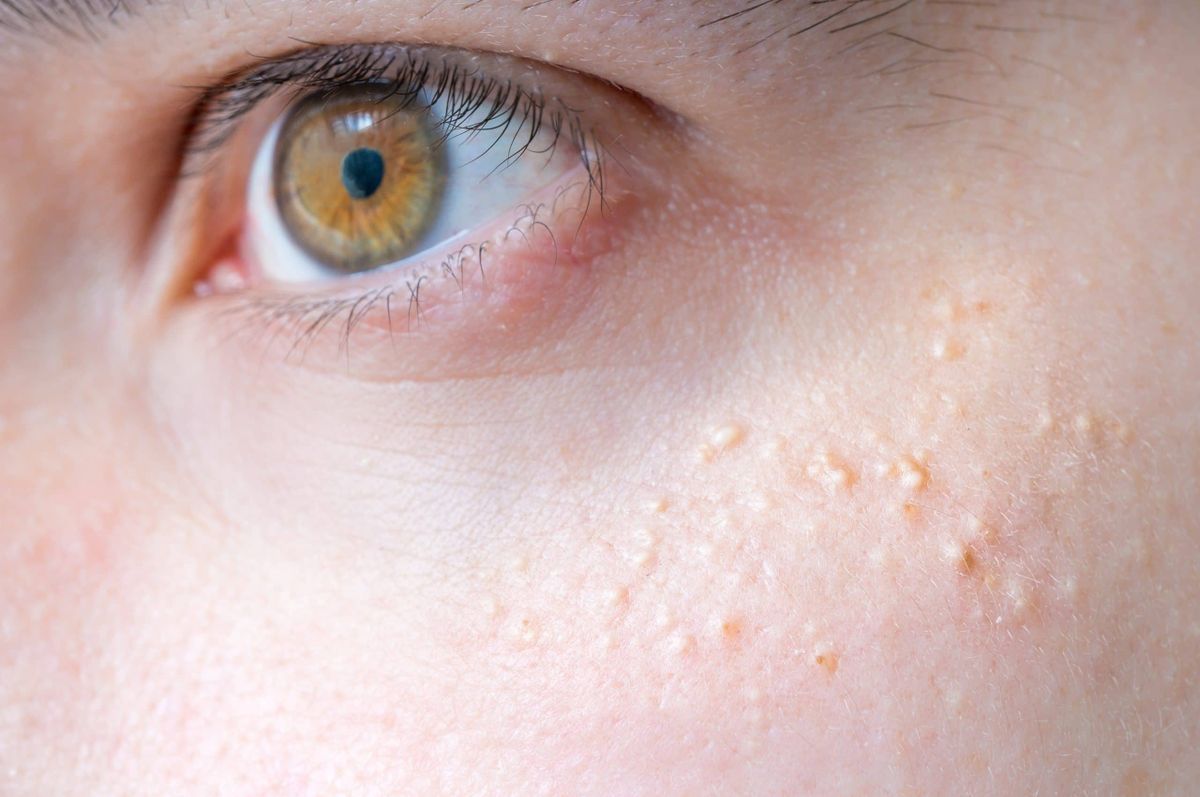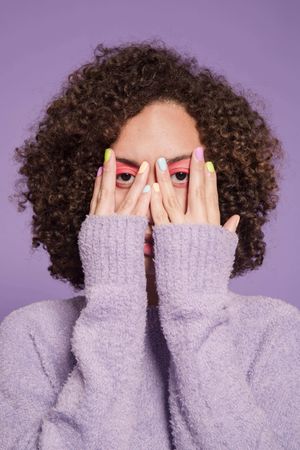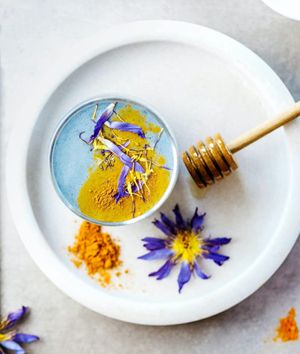Milia are those annoying white bumps on your skin that seem to never go away. If you have ever had a milia, then you know the frustration of trying to get rid of it. They can be caused by a number of things and occur for a variety of reasons. In this article we will discuss what causes milia on skin, how they form, and what you can do about them!
Chances are, even if you don’t know what milia are, you’ve probably had experience with them nonetheless. Most of us have had those stubborn pimple-like blemishes on our skin and have just assumed they’re whiteheads. But wait… they don’t pop! You try every DIY hack you usually use with pimples (we’re looking at you, toothpaste, and drying lotions) but they just don’t seem to go away.
This can be super frustrating, especially if you’re trying to prepare for a special event or have an Instagram shoot planned. But keep one thing in mind: milia is very common in people of all ages, so you’re definitely not alone! However, most people aren’t educated about what milia are. This can make it hard for them to get rid of it, leading to more frustration! If you want to educate yourself on this skin condition, keep on reading.
What exactly are milia?
Milia are tiny bumps that are actually made of keratin, the protein found in your hair, skin, and nails. They are often mistaken for whiteheads because of their milky appearance. Does this sound familiar?? Milia can appear out of nowhere and typically don’t result from underlying causes. Unfortunately, they’re not as easy to get rid of as whiteheads or other acne blemishes. Milia most commonly appears around the cheeks, nose, and eyes.
Who can get milia?
Anyone of any age or gender has an equal chance of getting milia. Although if you’ve already had other skin conditions such as sun-damaged skin, you may be at more of a risk. Dandruff and rosacea can unfortunately be another factor to consider! Also, if you have certain genetic syndromes, you may have a higher chance of getting milia.
Different types of milia
Types of milia are classified according to the location of milia on your skin and how it forms. Common types include:
• Primary milia - usually occurs in babies when keratin blocks oil glands, forming milia that usually appear around the eye area but can also be found on the forehead, nose, and chest.
• Secondary milia - most often appears in people who have had a previous injury, surgery or burn. It may even form after chemical peels or dermabrasion procedures.
Neonatal milia, or primary milia
Primary milia usually occur on the skin's surface of newborn babies and sometimes called "baby acne".Primary milia (neonatal milia) is found on the face, scalp, and upper torso. The cause isn’t known but it may be due to hormones passed from mother to baby and usually goes away within a few weeks.
Juvenile milia
Juvenile milia appears as milia on the face, usually around the nose and cheeks. Some Rare genetic disorders such as nevoid basal cell carcinoma syndrome and Gardner’s Syndrome can lead to this secondary milia.
Milia en plaque
Milia en plaque is a rare condition that is usually triggered by autoimmune disorders. The size of the milia en plaque is significantly larger and most often found in adult women.
Multiple eruptive milia
Multiple eruptive milia is formed by itchy areas that may appear on the face, upper arms, and lower body. The cysts generally develop over a period of time, with some lasting for a few weeks and others for several months.
Traumatic milia
Traumatic milia occur by some damage on the skin. Burns and rashes are just two examples of this. Secondary milia cysts may become inflamed and cause discomfort.
Skincare Ingredients That may trigger Milia
Milia can develop when steroid creams are applied to the skin. Although this adverse effect is rare, some components in skincare and cosmetics may induce milia in certain individuals. The following ingredients might irritate sensitive milia-prone skin:
- Mineral oils
- Liquid paraffin
- Liquid petroleum
- Paraffin oil
- Paraffinum liquidum
- Petrolatum liquid
- Petroleum oil
- Lanolin
Can you prevent milia?
If your skincare or makeup is clogging your pores and not getting rid of the dead skin cells on the surface of the skin, milia may develop somewhere on your face. This is why it’s super important to make sure you’re cleansing your skin every night and use non-pore clogging products!
If you’ve any type of burns or blisters, milia may develop because of the keratin getting trapped underneath the skin. So be sure to properly treat these skin traumas to lessen your chances!
Unfortunately, if you’re already prone to getting milia, there’s no real way to prevent it. But thankfully there are ways to get rid of it!
How you can get rid of milia
Lucky for you, there are numerous ways to treat milia. You can use products that contain AHAs, salicylic acid, glycolic acid, and chemical peels that get rid of the dead skin cells. Although you can pick up some of these products, if you’re really serious about getting rid of milia, you should visit your dermatologist. They will give you the best advice that is professionally tailored to your skin. If your dermatologist deems fit, they will proceed with milia removal by a needle, scalpel, or even a laser.
Your derm may also prescribe a medical grade retinol, depending on your skin. Most over-the-counter topical retinoids are no more than 1% concentration. So if they don’t work for you, you may need to get a prescription for something a little stronger.
If you’ve gotten milia before (and don’t want to get it again!) it’s best to stick with oil-free, non-comedogenic products. Brands like CeraVe and Cetaphil are dermatologist tested and can be found at your local drugstore! They provide a line of cleansers, moisturizers, and night creams to cover all your skincare bases. We’ve compiled a list of products from this brand and others that are good to use.
CeraVe Hydrating Facial Cleanser
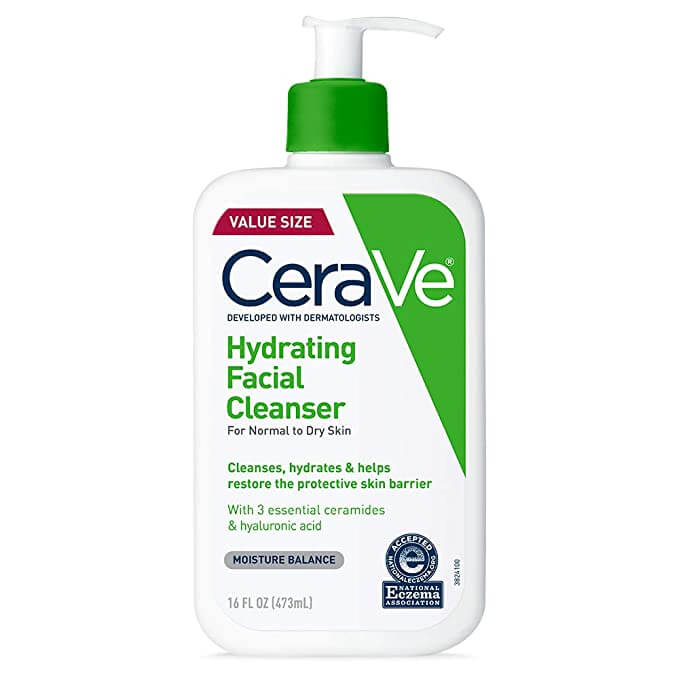
This cleanser removes dirt, oil, and makeup while keeping your skin hydrated at the same time. The CeraVe formula doesn’t disrupt the skin’s natural protective barrier, making it perfect for those of you with dry, sensitive skin. It contains ceramides and hyaluronic acid, making it the ultimate cleanser for hydration. And guess what? It’s fragrance-free too (as all skincare products should be!).
Cetaphil DermaControl Oil Removing Foam Wash
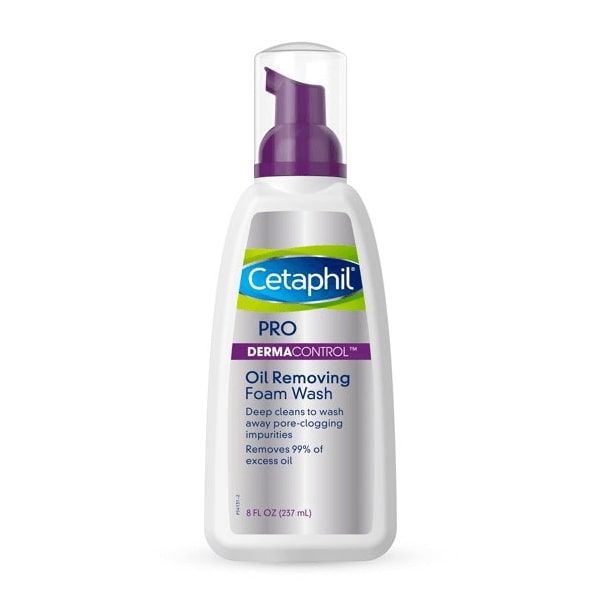
If you’re more on the oily side, this cleanser might be better for you! It’s designed to deeply clean oily skin and remove any impurities that can cause clogged pores. Its innovative zinc technology reduces shine, while the pH balanced formula prevents stripping and over-drying. Of course, it’s dermatologist tested and is safe for sensitive skin.
CeraVe AM Facial Moisturizing Lotion with SPF 30
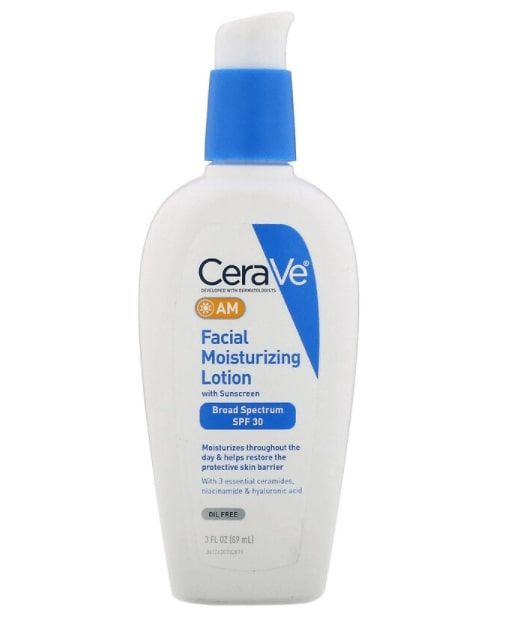
Looking for a lightweight moisturizer that will also protect you from the sun? Look no further! This CeraVe lotion contains SPF 30, niacinamides, ceramides, and hyaluronic acid, all ingredients you want to look for in a daytime moisturizer.
CeraVe Skin Renewing Night Cream

Don’t be fooled, this is not your average nighttime moisturizer. This cream provides hydrating and rejuvenating ingredients that your skin will absolutely thank you for. Not only will this cream give you 24-hour hydration, but it is also designed to improve the appearance of fine lines and wrinkles. It restores your skin’s natural barrier while you sleep and contains biopeptides that help you out if you have dull, tired-looking skin.
Paula’s Choice 1% Clinical Retinol Treatment
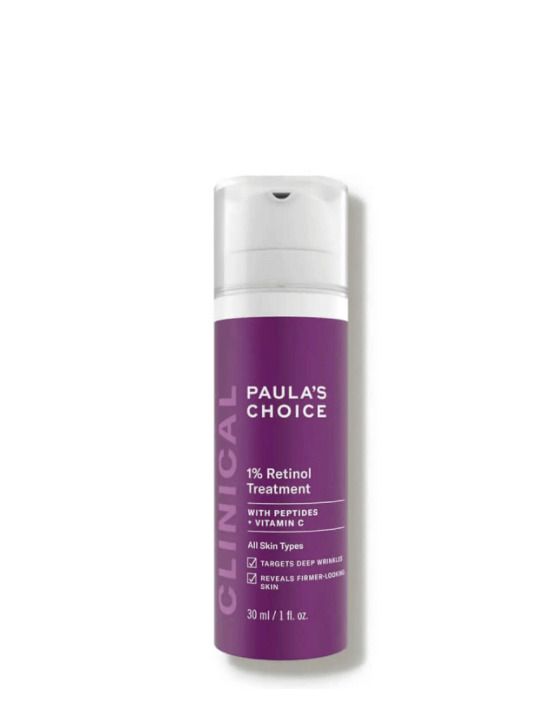
This product is a uniquely formulated retinol solution that hydrates skin and delivers anti-aging benefits as well. Upon application, it immediately reduces pore size and diminishes the appearance of fine lines, wrinkles, and uneven skin tone! Sounds like a miracle product, right? It gets even better. It’s formulated for all skin types and is supplemented with oat and licorice extract to calm irritation and redness in the skin.
Drunk Elephant A-Passioni Retinol Cream

This product is marketed as a clean, cutting edge formula with vegan retinol and filled with superfood-rich ingredients to do more than just anti-age. This cream also contains a triple peptide blend that boosts the effects of the retinol, meaning you get more bang for your buck! If you’re willing to splurge, head to your local Sephora and pick it up.
Summary
Milia are small bumps on the skin that are made of keratin – a protein in your hair, skin, and nails. Milia are often mistaken for whiteheads because of their appearance.
- Consult with your dermatologist.
- Products that contain AHAs, chemical peels, and retinoids can help reduce milia
- Stick to oil-free, non-comedogenic products
- Avoid sun exposure and use sunscreen
FAQ
How do I get rid of milia?
Consult with your dermatologist about milia treatment options. Chemical peels, microdermabrasion, and laser treatments can all help to remove milia.
What are the best products for milia?
- Products that contain AHAs, chemical peels, and retinoids can help reduce milia
- Stick to oil-free, non-comedogenic products
- Avoid sun exposure and use sunscreen.
What causes milia in adults?
Milia are caused by clogged pores on the top layer of skin that trap keratin under the surface of your skin. This is usually due to genetics or damage from aging skin.
How can I get rid of milia fast?
There are milia treatment options that your dermatologist may recommend. Chemical peels, microdermabrasion, and laser treatments can all help to remove milia.
How long does it take for milia to go away?
Typically milia resolve on their own within a few weeks or months. In some cases they may last longer before going away completely.

